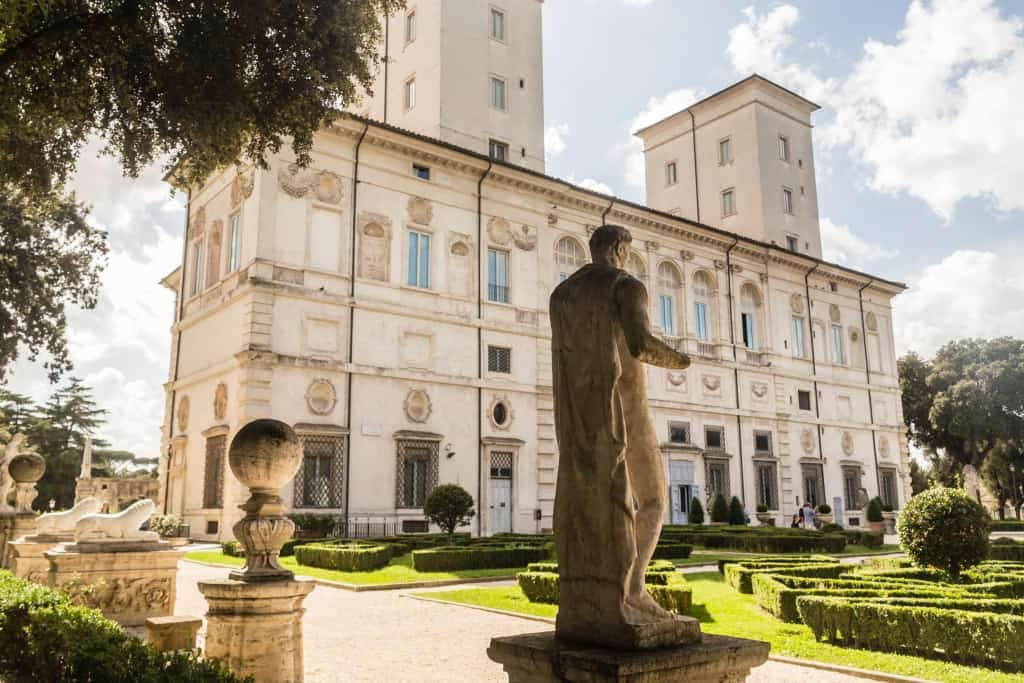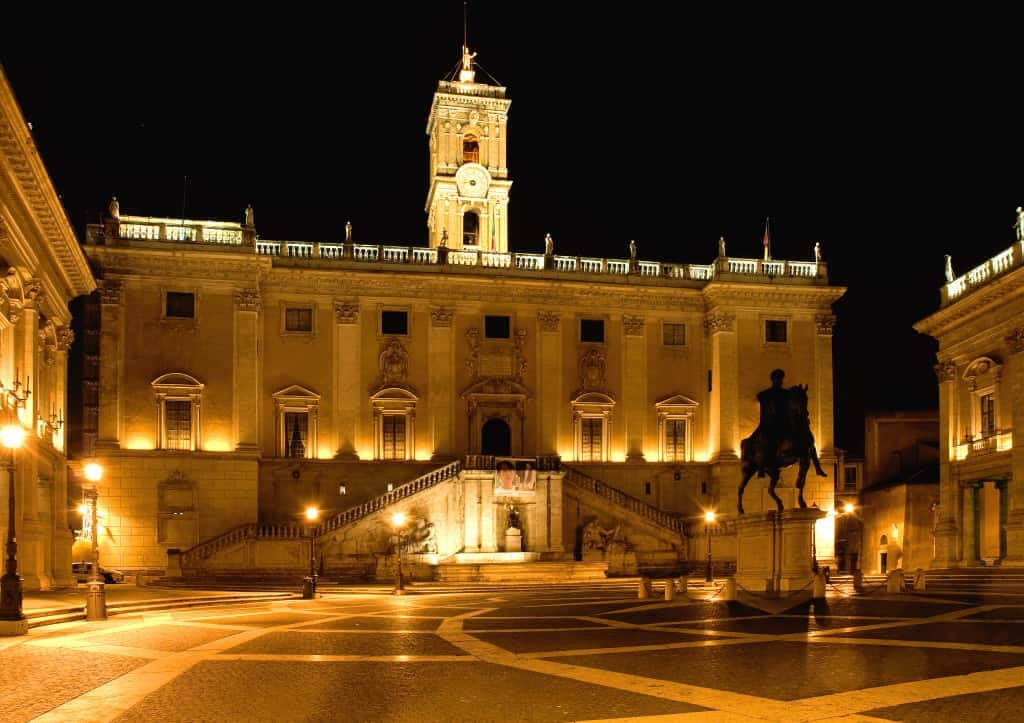Le attrazioni più famose di Roma
Colosseo e Fori Imperiali
More than any other, it is the symbolic monument of Rome and of Italy itself. Started by Vespasian in 72 AD, it was inaugurated by his son Titus in 80 AD. It could accommodate more than 50,000 spectators who came here to watch gladiator or animal fights. It is the largest of the Roman monuments remaining to this day and an essential stop for anyone visiting the capital.

Basilica di San Pietro
It stands where in 324 the emperor Constantine had a sanctuary built in honor of the apostle Peter, who was crucified and buried there.

Pantheon
Temple dedicated to all the gods, this, which is the best preserved building of ancient Rome, was transformed into a Christian church in 608. The Pantheon was built by Agrippa in 27 BC, as attested by the inscription on the pediment.

Musei Vaticani
Among the most beautiful museum complexes in the world, they house an incredible collection of works of art collected by various popes over the centuries.

La Fontana di Trevi
Together with the Colosseum it is one of the symbols of Rome in the world. This splendid baroque fountain, designed by Nicola Savi in 1732, occupies almost the entire small square in which it is located.

Piazza Navona
Another symbol of the Capital, it is a very popular meeting place among both visitors and Romans.

Piazza di Spagna
This baroque square from 1725, with its famous Scalinata di Trinità dei Monti (restored in 2016), has always attracted tourists and travelers and is still a popular meeting place today.

Vittoriano
Connected to the Colosseum via the monumental Via dei Fori Imperiali, it is perhaps the most important crossroads in the city.

Museo e Galleria Borghese
Located in the park of Villa Borgese, the green lung of Rome, they host one of the most prestigious collections of art objects in Rome.

Musei Capitolini
They constitute the oldest public sculpture gallery in the world.

